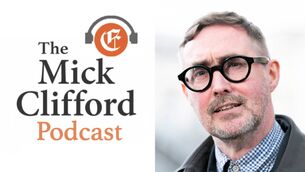Niamh NicGhabhann: Public space design needs to address safety concerns

Gardaí at the Grand Canal at Cappincur, Co Offaly, after Ashling Murphy, a primary school teacher aged in her 20s, was killed on Wednesday afternoon along the banks of the canal. Many of the responses to the horrific news from Tullamore focused on the space and time where it had happened — a well-frequented public space, with the attack taking place at 4pm. If we are not safe in these circumstances, where can we be safe? Picture: Brian Lawless/PA Wire
- Niamh NicGhabhann is senior lecturer in the department of history at the University of Limerick and a slow runner. Her research focuses on Irish art and architecture, including the history and design of the public realm.















